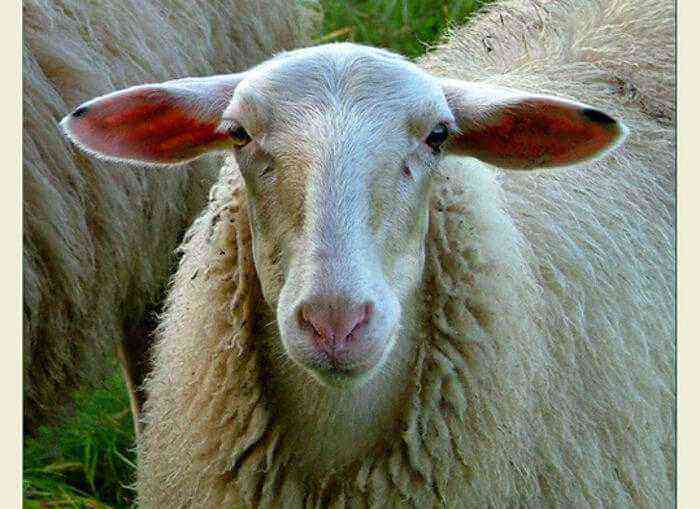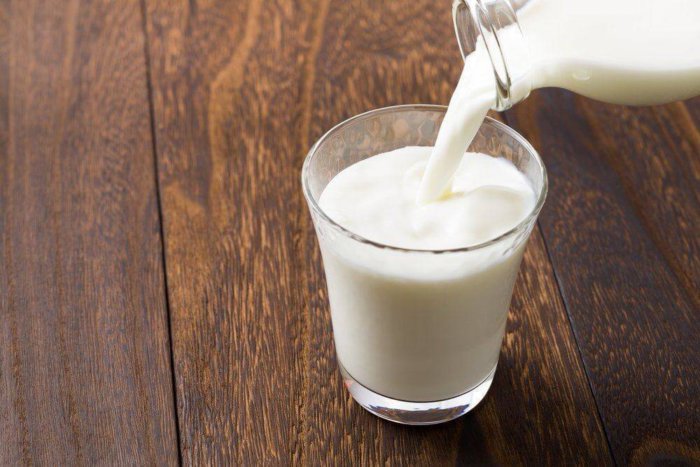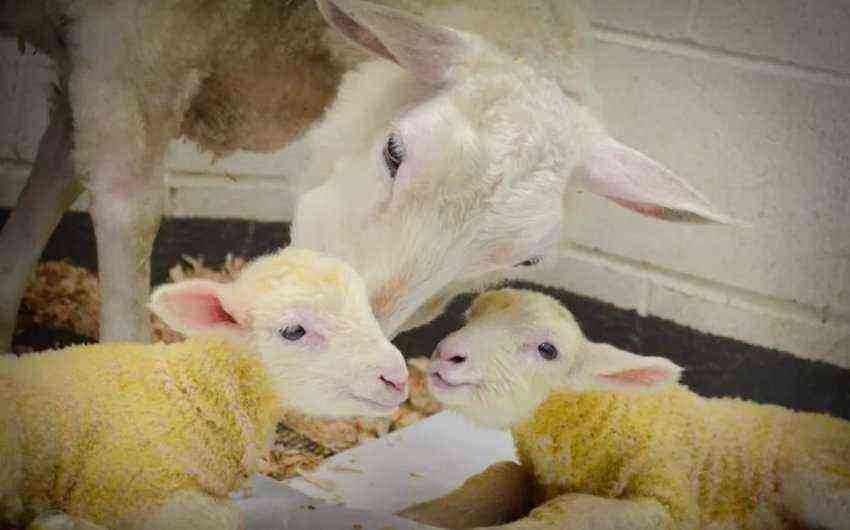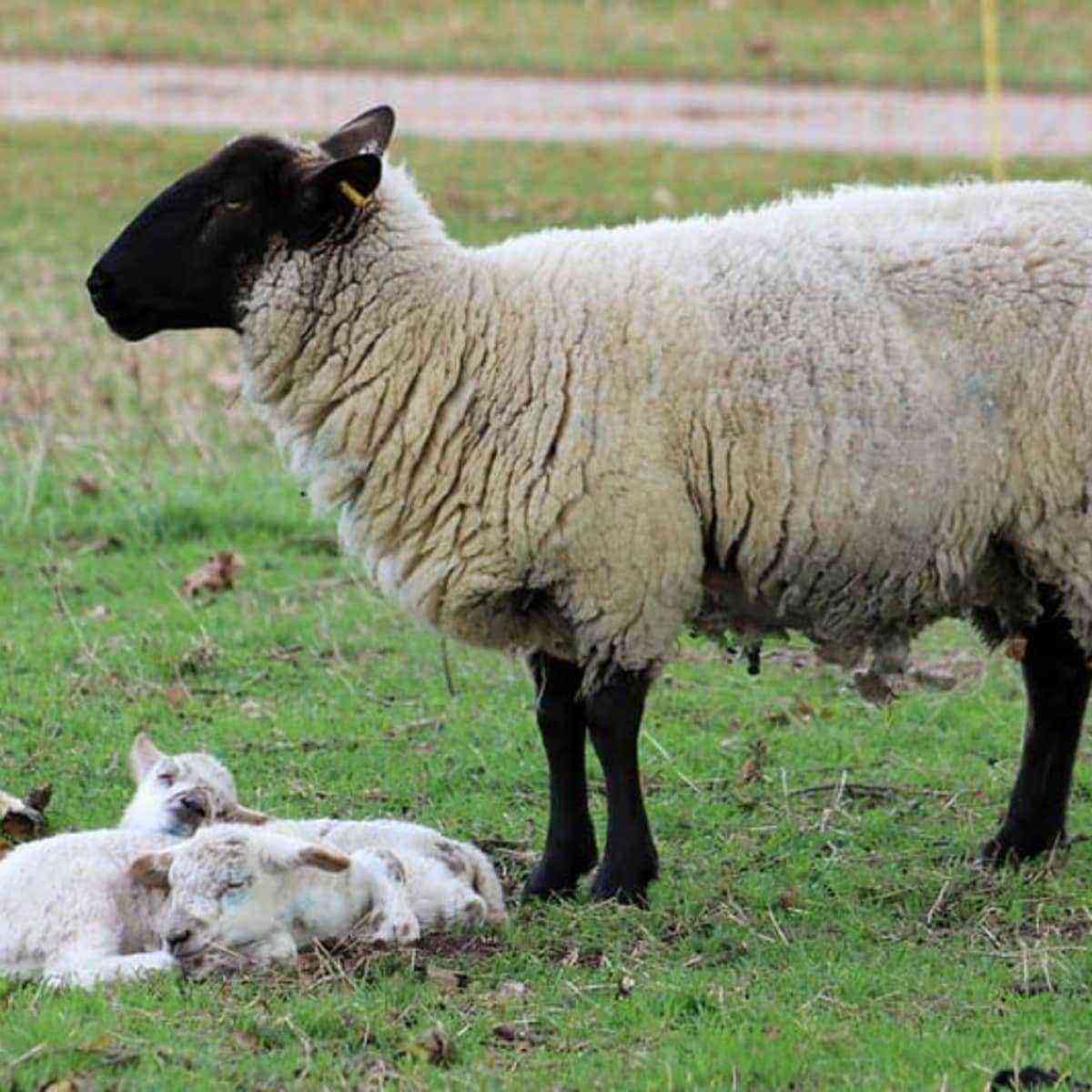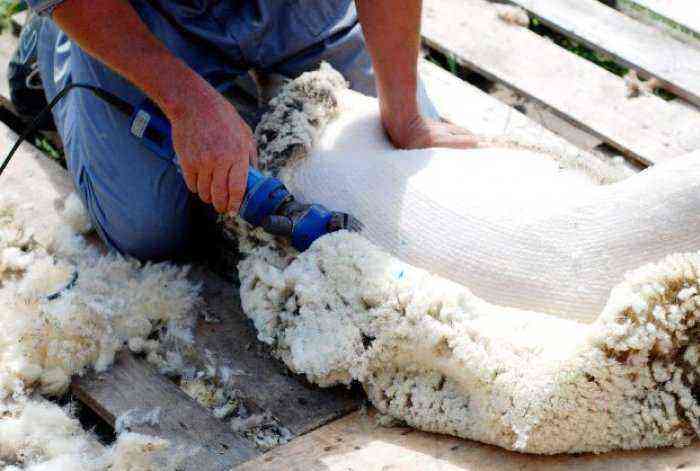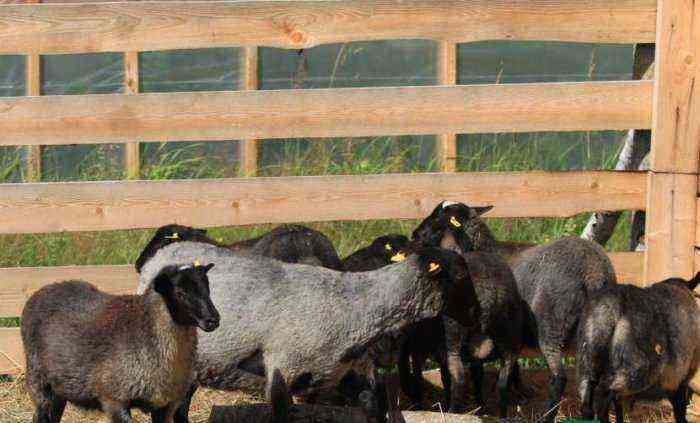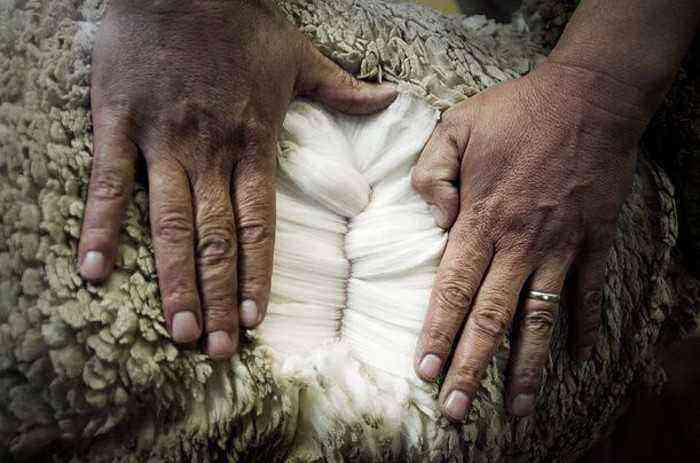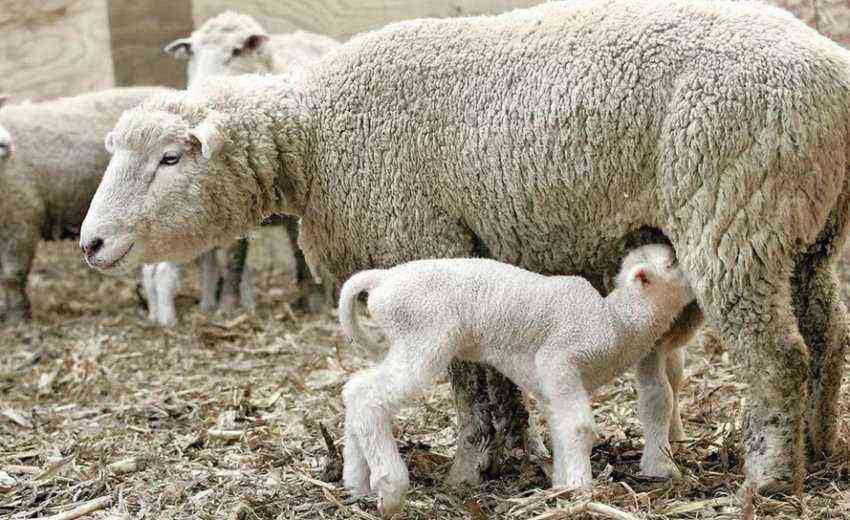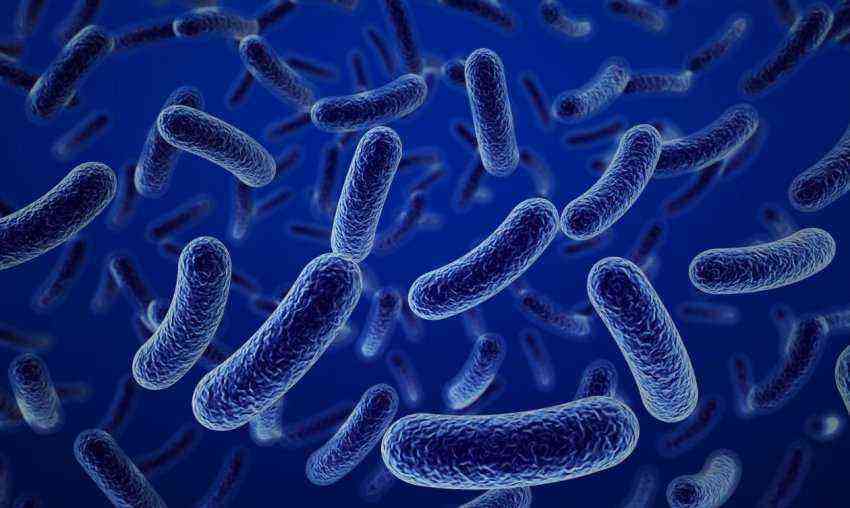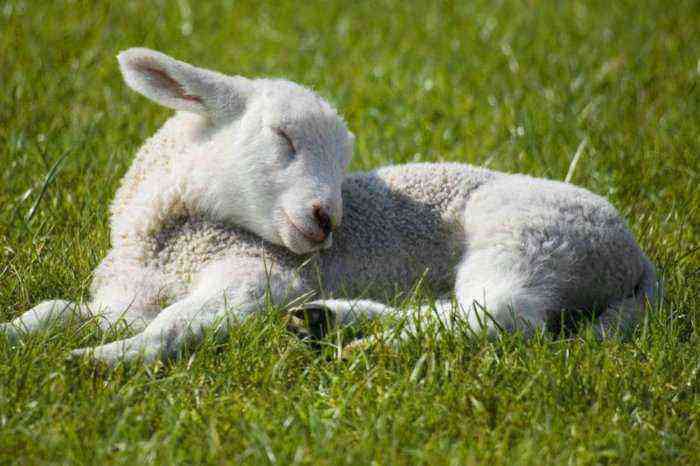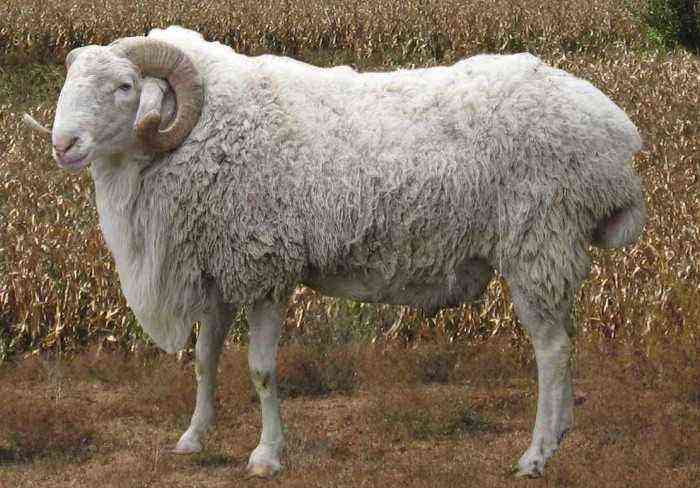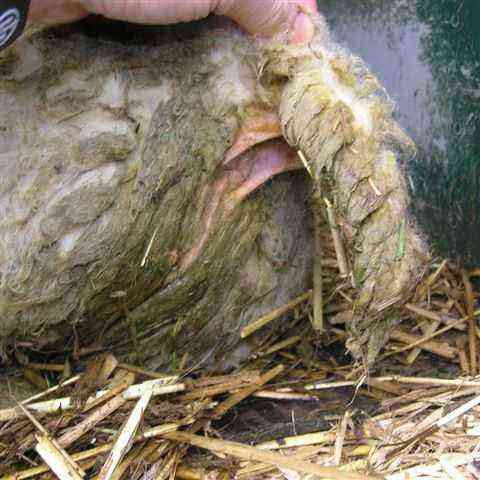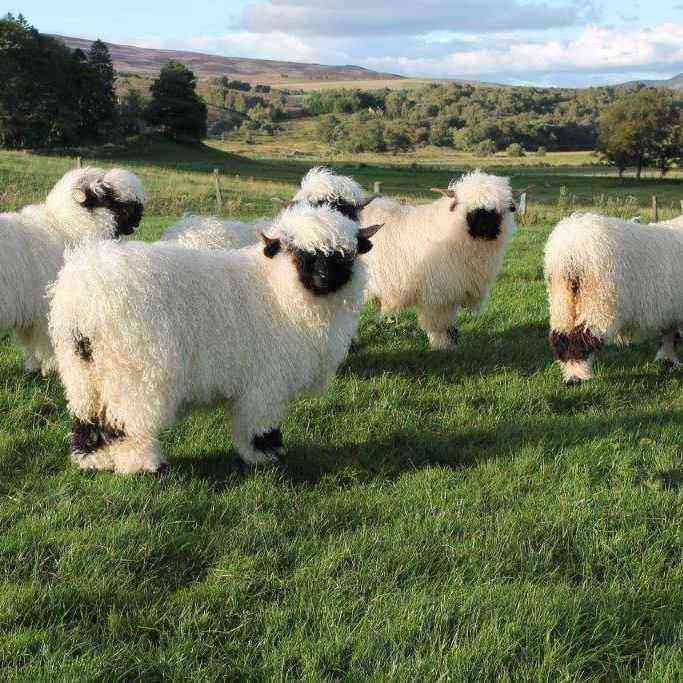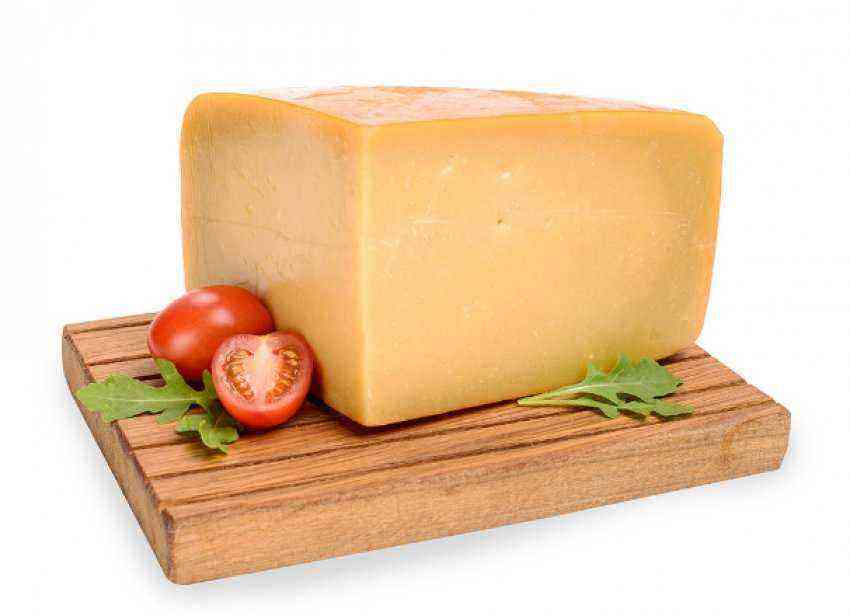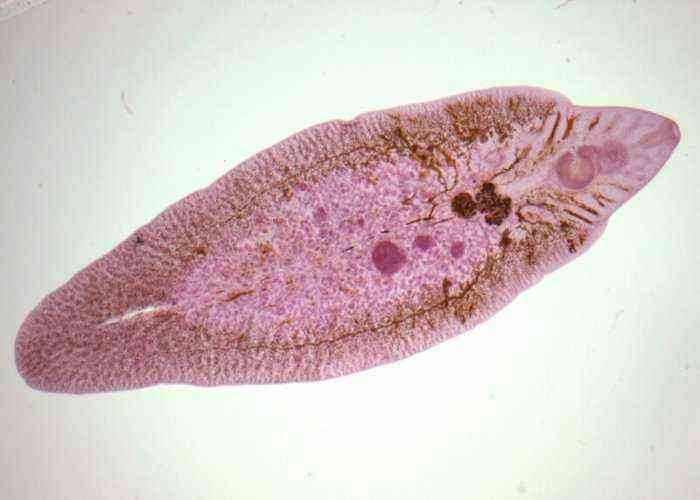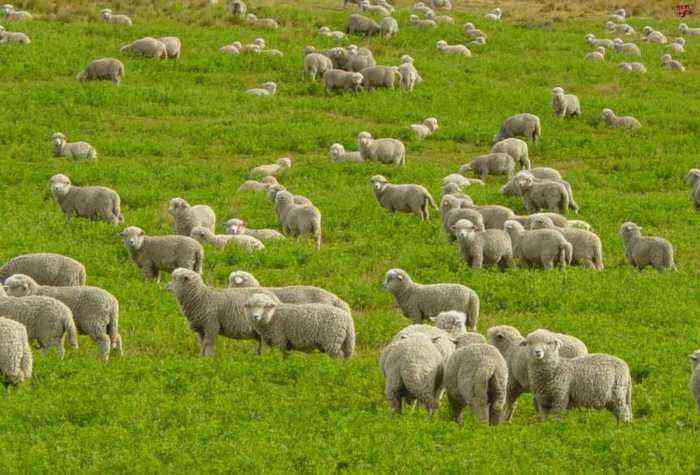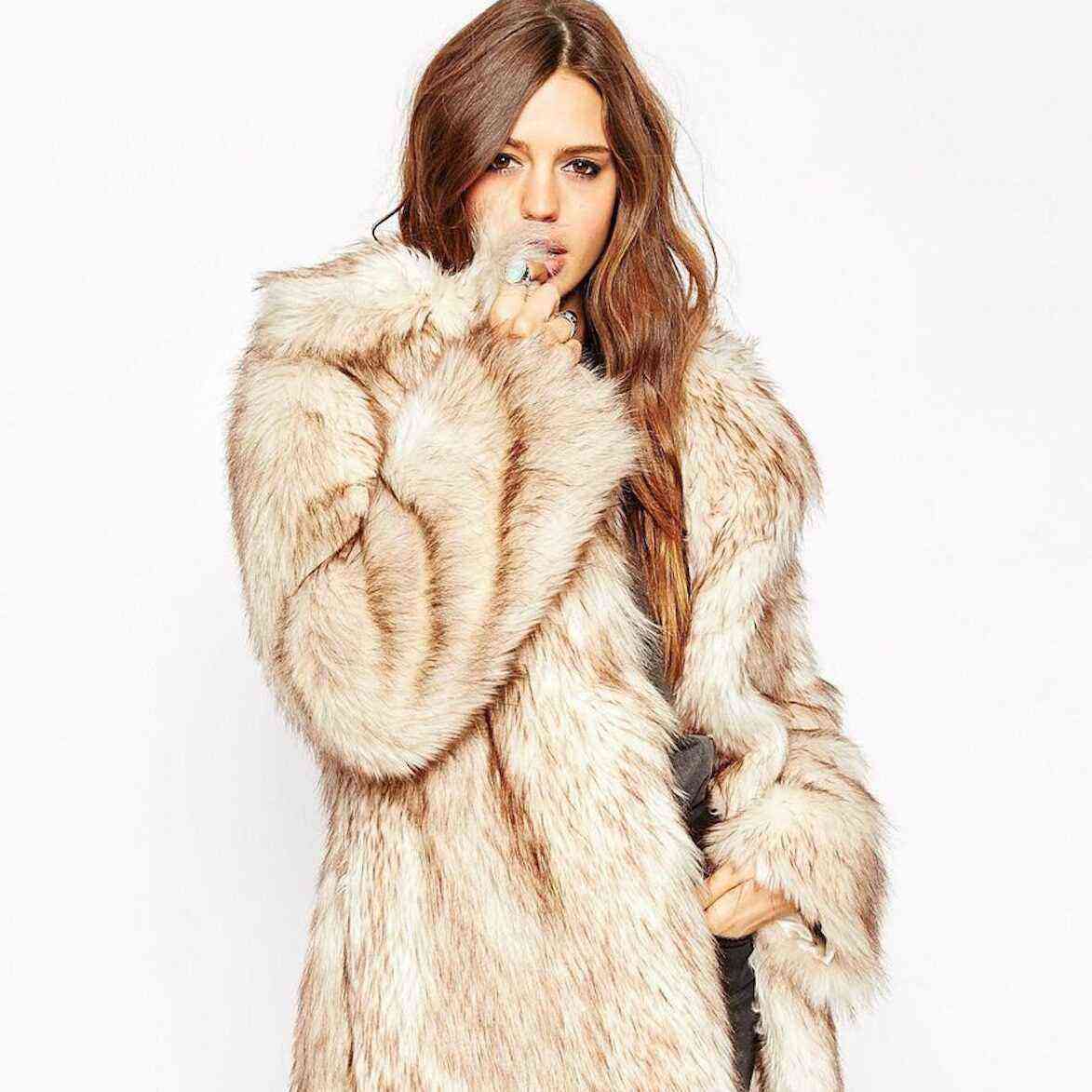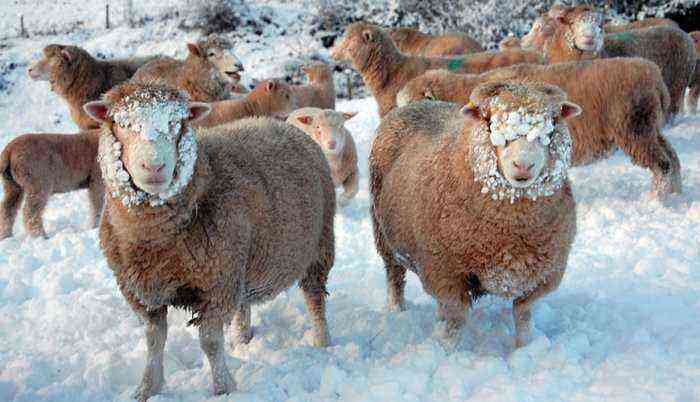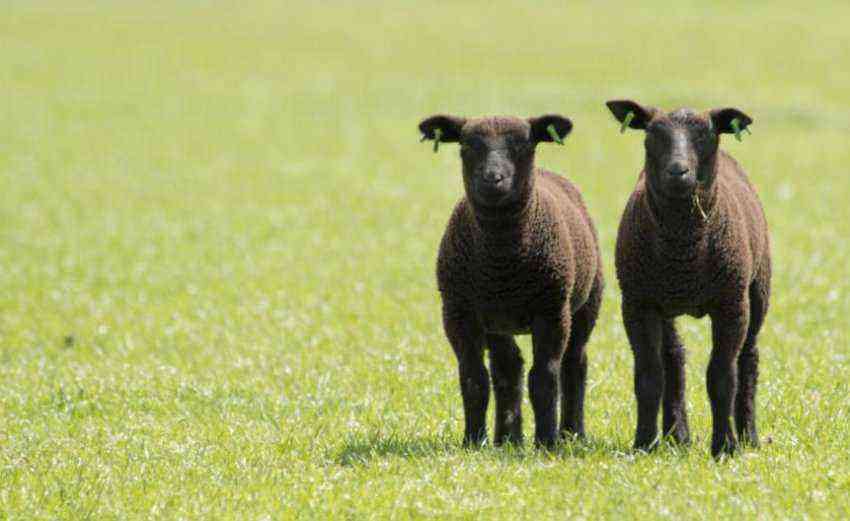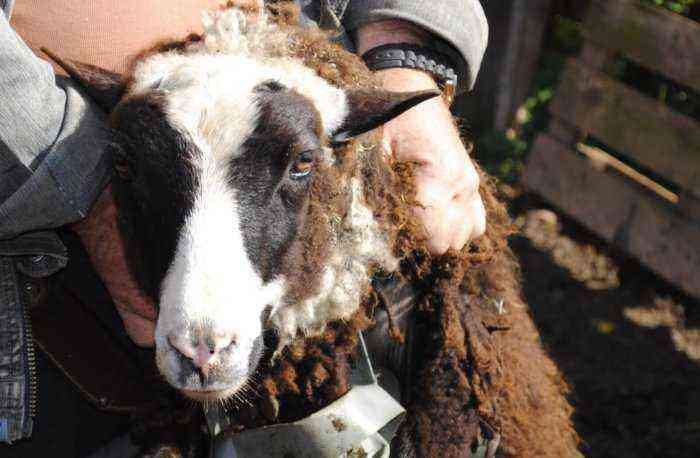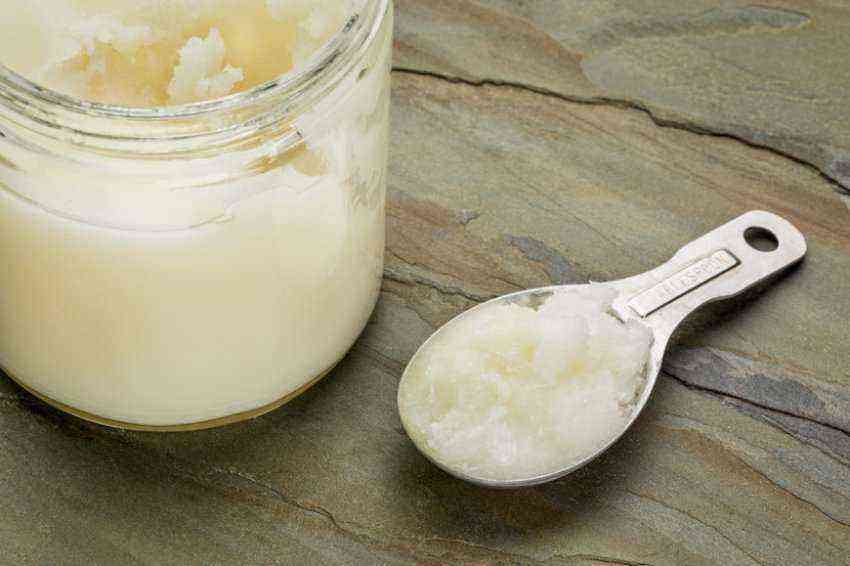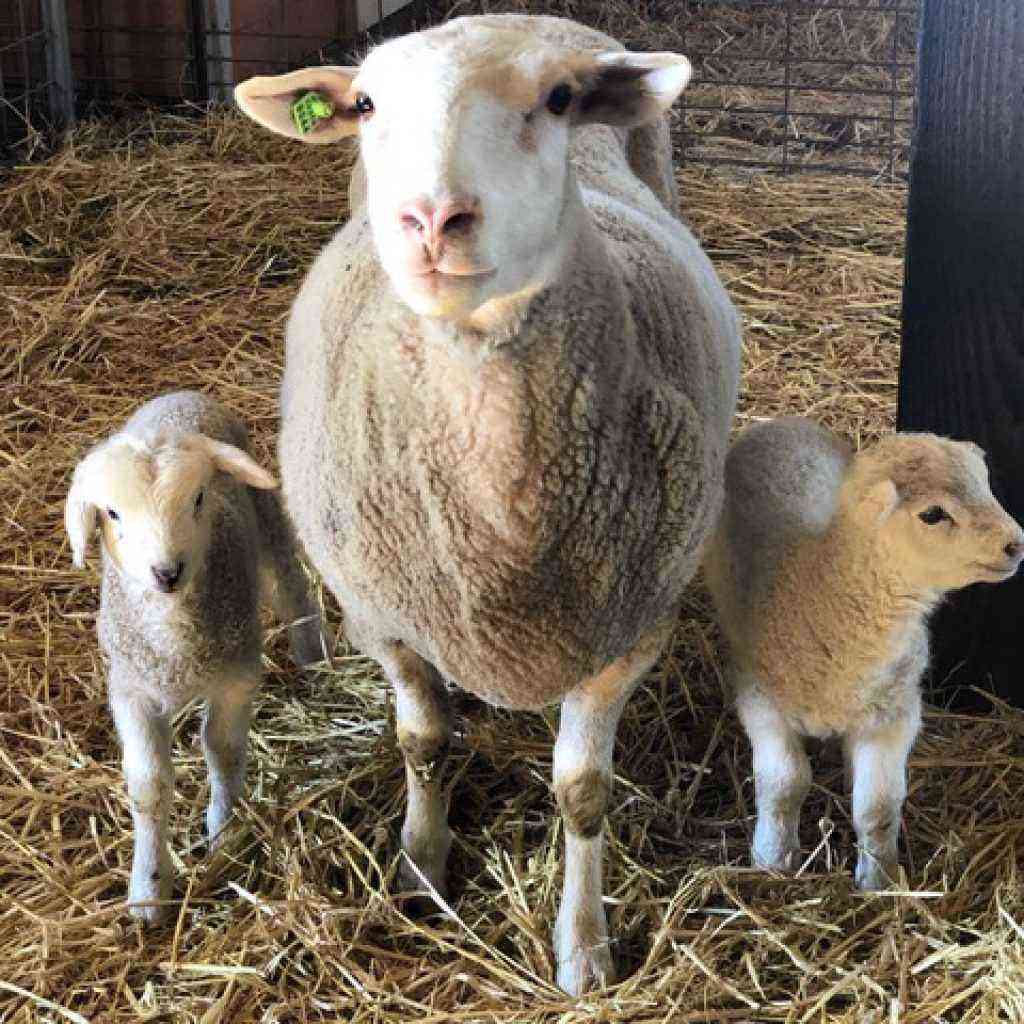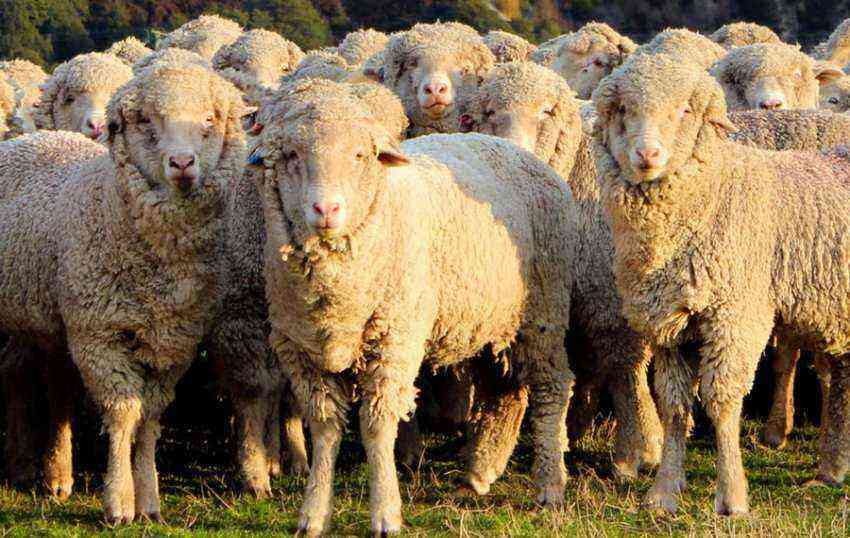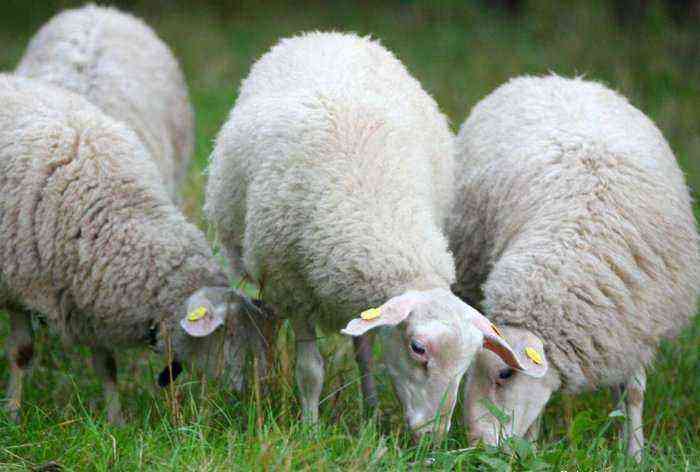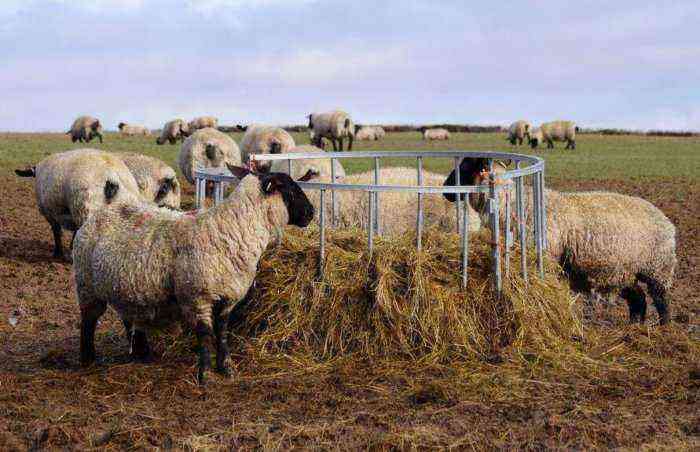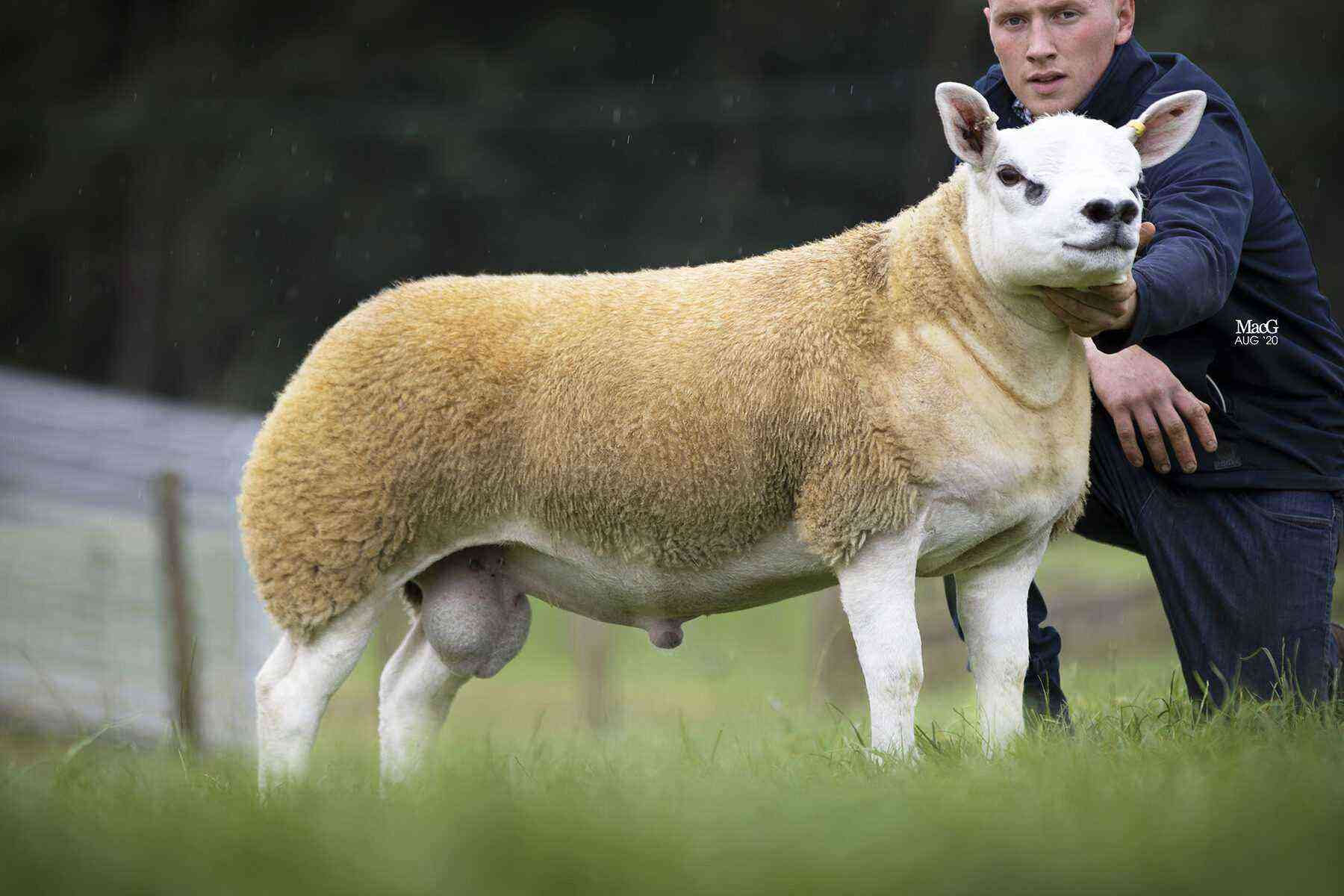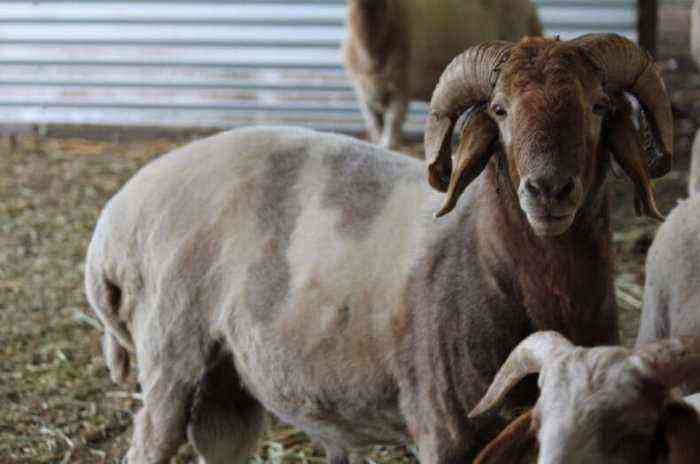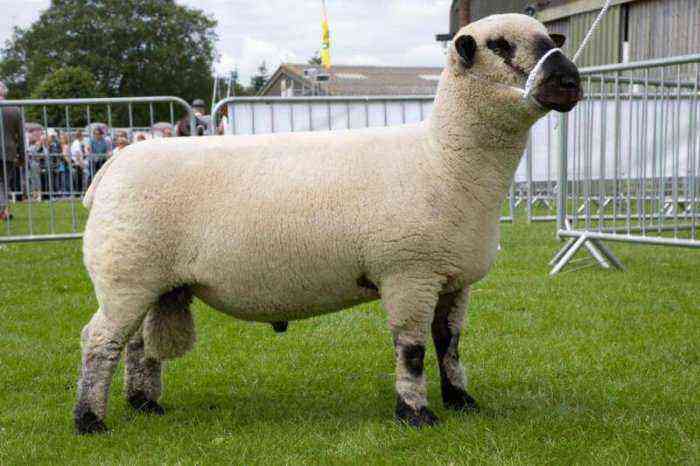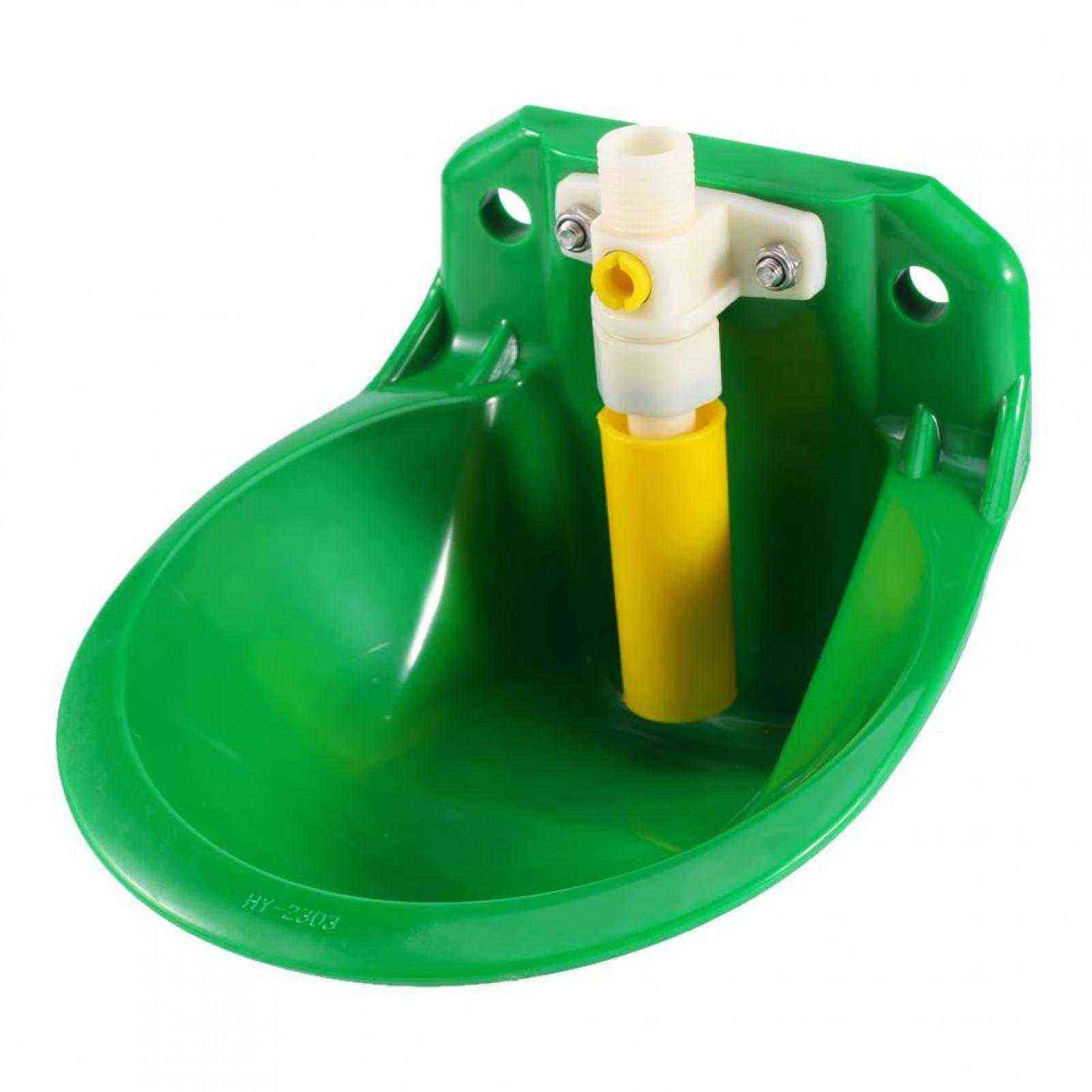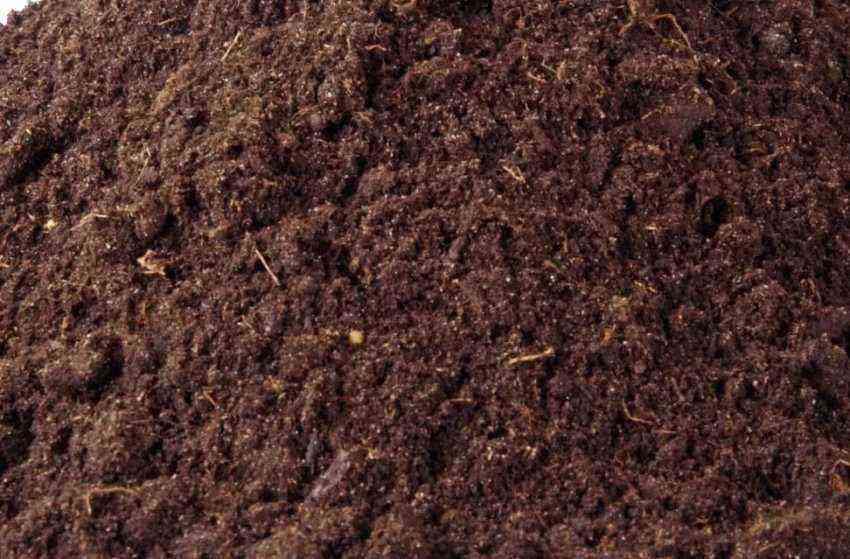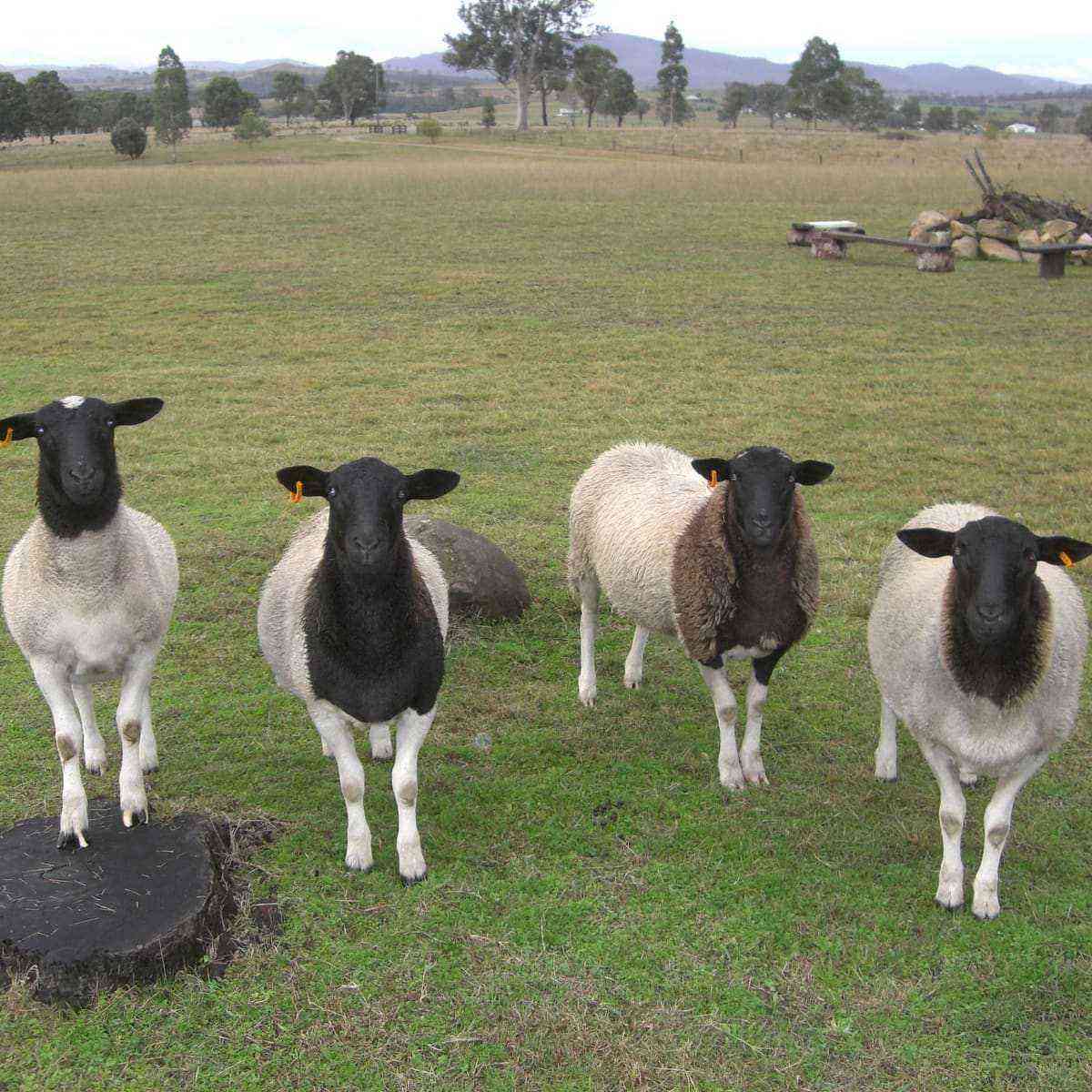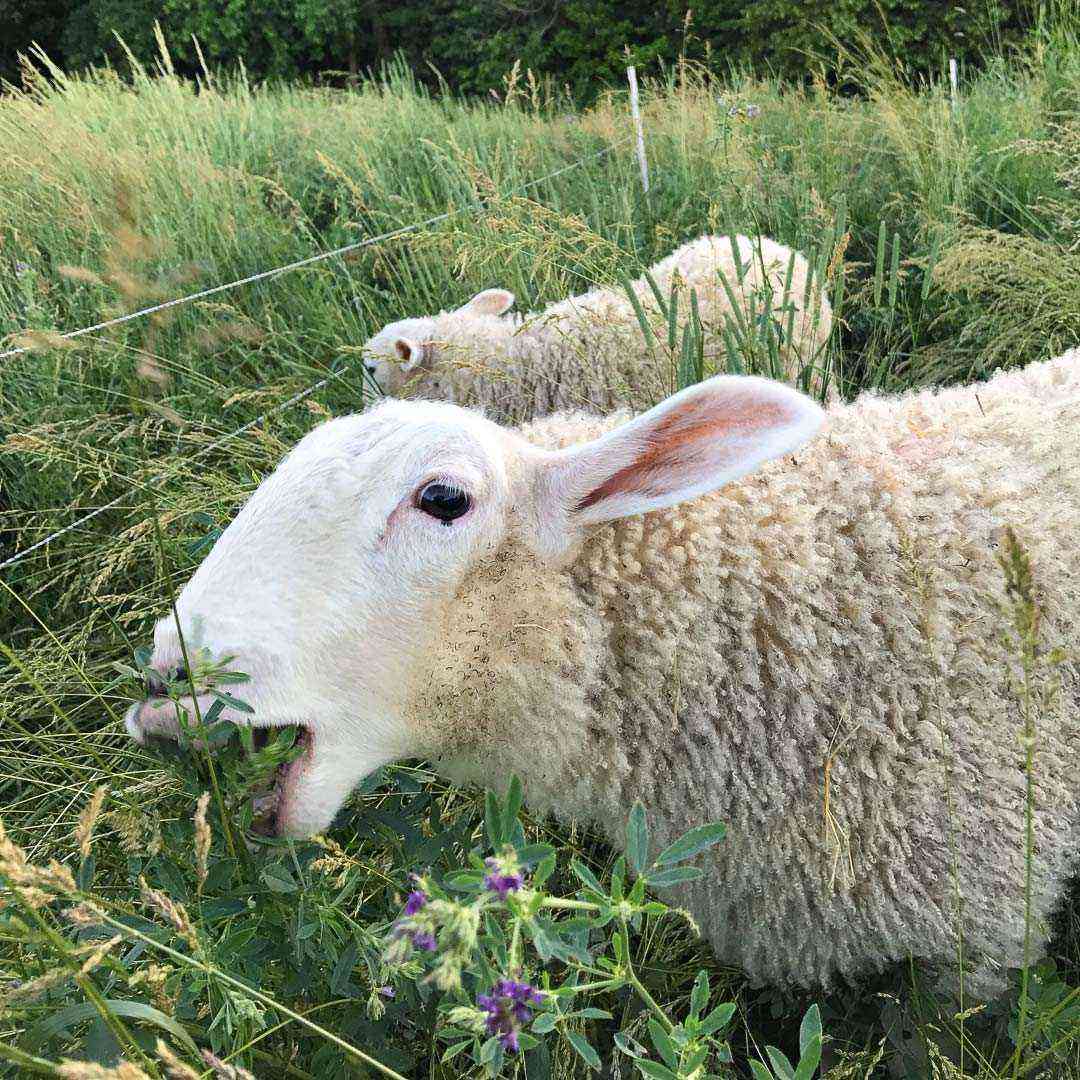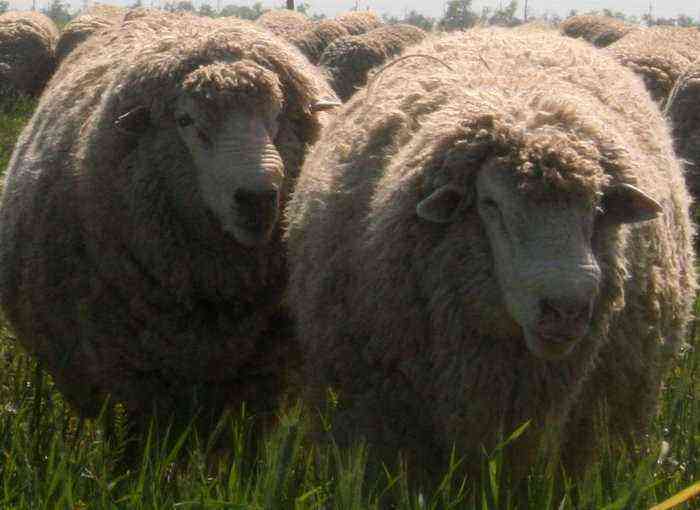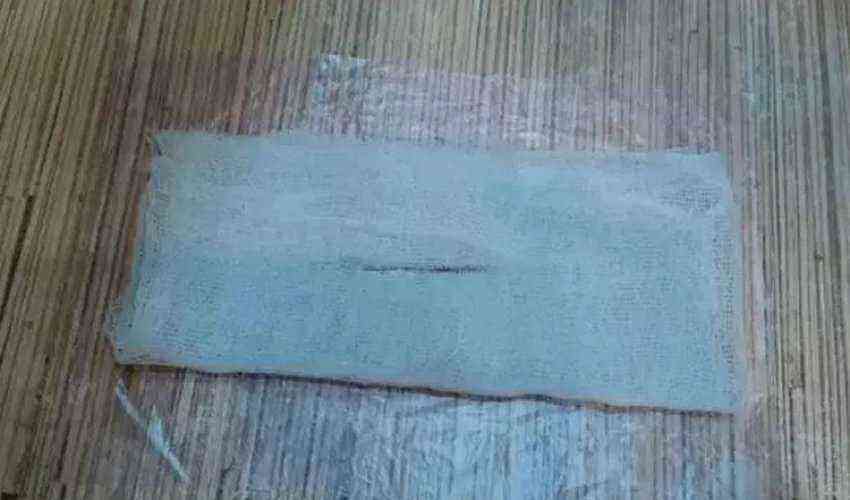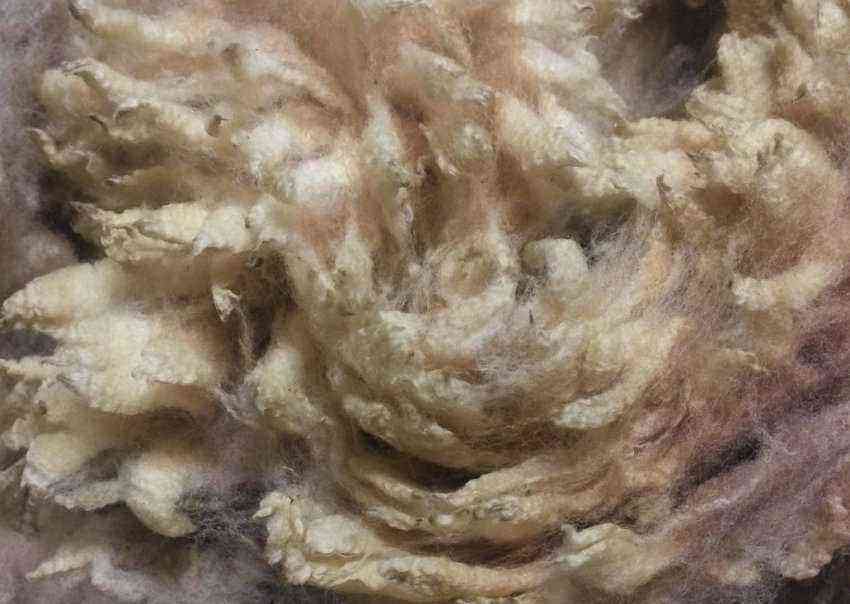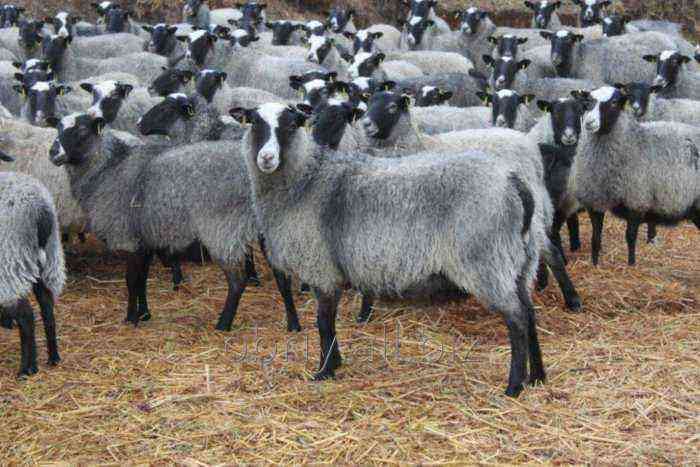The Saradzha breed of sheep is one of the best fat-tailed breeds of meat and tallow from those that are bred in Central Asia. It was created in conditions close to extreme, therefore it is distinguished by endurance and strong immunity. Today these sheep are bred in Turkmenistan, Uzbekistan and Kazakhstan. What is remarkable about the Saraja breed, we will tell further.
Saraja sheep breed
History
Saraja sheep come from the southeastern part of Turkmenistan. Local residents have been engaged in sheep breeding for many centuries. They had fat-tailed sheep at their disposal. The Turkmens selected individuals from their descendants that were distinguished by the best performance in terms of wool productivity. For sheep breeders, it was important that the wool of animals consisted mostly of fine fluff. The best offspring with the desired characteristics were bred within the tribe.
Saraja rams and sheep are extremely hardy and unpretentious. The climate where they were bred is difficult – in summer the thermometer rises to +40-42 degrees, and in winter there are severe frosts in Turkmenistan. In addition, there is not much vegetation on pastures. Thanks to such conditions, the animals have developed strong immunity and the ability to limit themselves to a meager diet.
In 1960, it was decided to improve the breed. Breeders set a goal:
- increase wool productivity;
- improve the quality of the rune;
- to preserve and consolidate the qualities inherent in Saraja sheep – adaptability to the local climate, endurance and undemanding to the food supply.
For crossing, semi-fine-fleeced fat-tailed rams of the Degeres breed were used. They were distinguished by good wool shearing and high quality fibers.
Attention! Today, Saraja sheep are used to improve the characteristics of other breed groups in Kazakhstan and Central Asia.
Breed description
Sheep of the Saraja breed have strong bones and a fat tail. The fat tail of these animals is deflated. Thanks to him, animals accumulate nutrients that are consumed during a period when there is not enough food. Consider the main external characteristics of the breed:
Sheep of the Saraja breed
- the physique is strong;
- the weight of a ram in adulthood is 80-90 kg, of the uterus – 57-60 kg;
- animals are mostly polled, only 4% of males have rudiments of horns;
- the body is elongated;
- the back and withers are wide;
- the head is compact;
- auricles of medium size, drooping;
- the neck is short, thin;
- limbs sinewy of medium length;
- fat tail is small, its weight is 7-8 kg;
- coat color is white.
Lambs are born with brown hair, later it becomes lighter, but this process occurs gradually. At the age of one year, in animals, almost the entire coat becomes white, with the exception of the limbs and head. The wool of the Saraja sheep is of the plaited type. It consists of a small amount of awn, transitional hair and down.
Most of the modern representatives of the Saraja breed have external defects:
- hind limbs with x-shaped setting;
- sharp withers;
- insufficiently wide chest;
- dropped rear.
Productivity
Sheep of the Saraja breed are valued for their high meat and wool productivity. The slaughter yield of meat is close to 60%, despite the fact that the muscular corset in these animals is weakly expressed.
Lambs are born with a weight of 4,5-5 kg. Their average daily gain is 200 grams. Already by the age of five months, the mass of a lamb is 30-35 kg, and yarovka – 25-30 kg.
Attention! The fertility of queens of the Saraja breed is 108-115%.
Sheep are sheared 2 times a year, in spring and autumn, as they grow quickly. From ewes it is possible to cut 2,5-4 kg of wool raw materials per year. Sheep are larger, and therefore they have more sheared – 3,5-5 kg. The wool of saraja sheep is used to make carpets and bedspreads.
Attention! After washing, the net yield of wool is 60%.
In addition to wool and meat, milk is obtained from representatives of this breed. For one lactation, the ewe gives 100 liters. It is fatty and high in protein. Milk is suitable for the production of expensive varieties of cheese and fermented milk products.
Sheep milk
Advantages and disadvantages
Saraja sheep are valued at home and in other countries for their qualities:
- endurance;
- adaptability to year-round grazing;
- unpretentiousness to feed;
- high productivity for wool and meat.
In their homeland, in Turkmenistan, animals graze all year round. Only during severe frosts and icy conditions do animals remain in the paddock. They don’t need feeding. Turkmens introduce hay and concentrates into the diet of sheep and rams only in the period before the upcoming mating.
The disadvantages of the breed include:
- low fertility;
- defects in the exterior – incorrect setting of the limbs, narrowed chest, sharp withers.
Sheep of the Saraja breed are popular not only in Turkmenistan, but also in neighboring countries. Their population is constantly increasing – in 1990 it numbered more than 420 thousand individuals. The qualities shown by them are valued in regions with a sharply continental climate.
